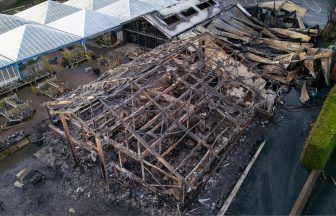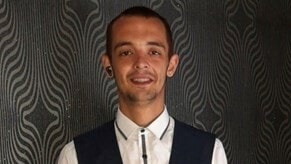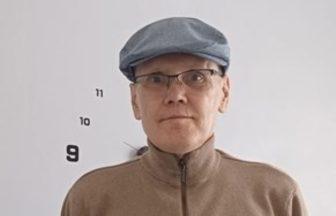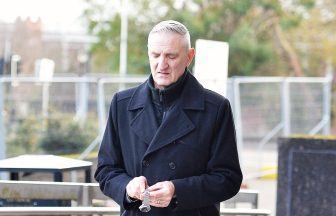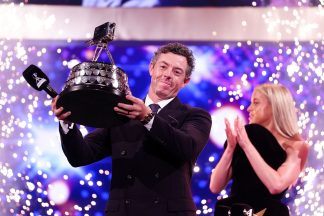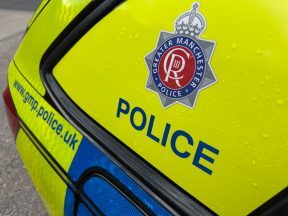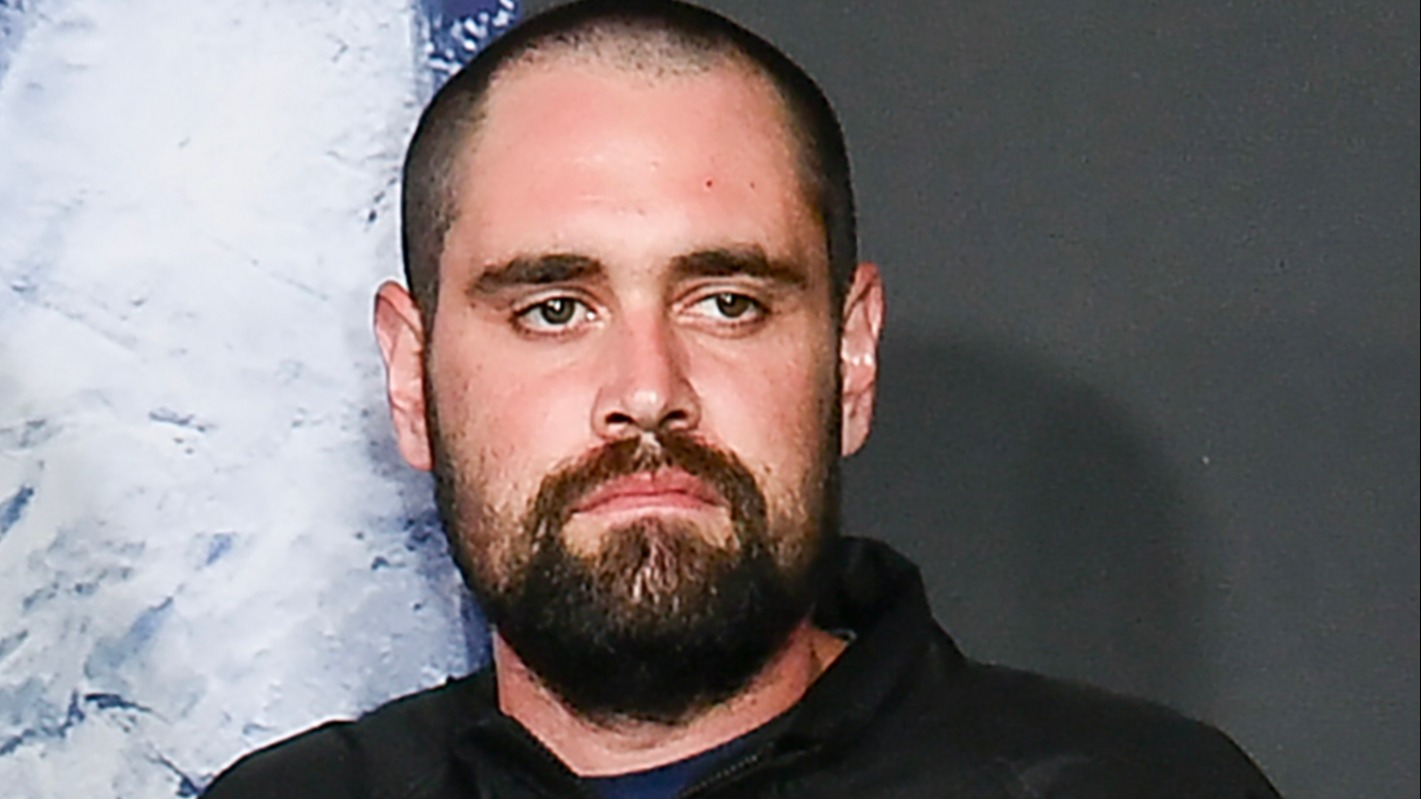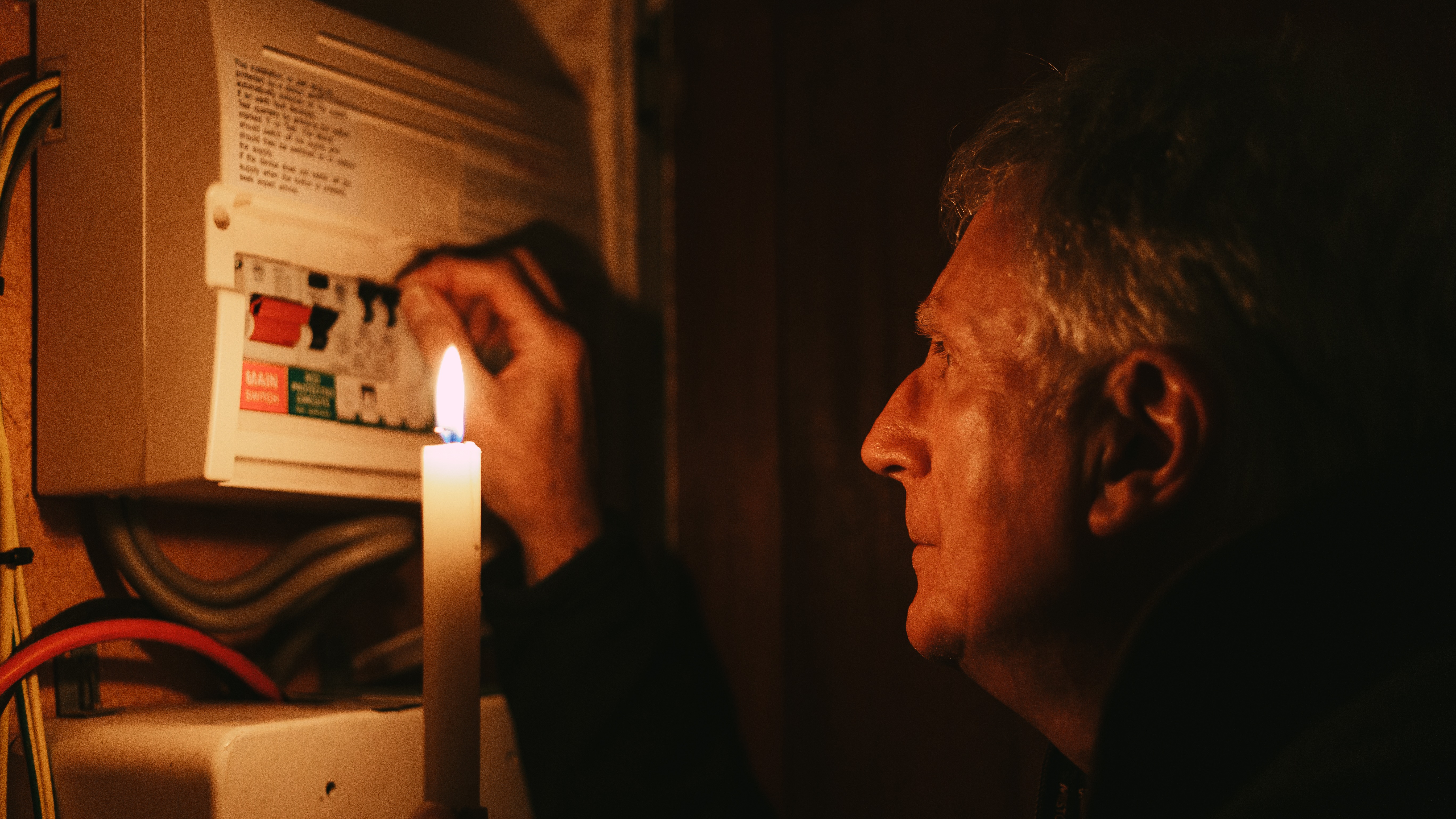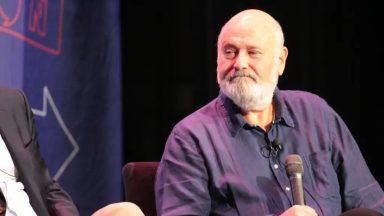ITV News’ US Correspondent Dan Rivers sat down with Paul Landis, who left the Secret Service a few months after the assassination of JFK nearly 60 years ago
The assassination of John F. Kennedy is one of the most contested moments in American history.
This November marks the 60th anniversary of his murder in Dallas.
After six decades, you would think there would be no new evidence emerging about a killing which has preoccupied the United States and been the subject of official inquiries, so many films and documentaries. And yet there is.
I sat down with one of the Secret Service Agents who was fifteen feet from the 35th president when he was shot dead.
Paul Landis spent much of the rest of his life trying to forget what he saw that day.

Traumatised by the events of November 22nd, 1963, he left the service a few months after the assassination he witnessed as such close quarters.
It was only in 2014 when he finally started to face his own past and read the history of the killing that he concluded the accepted sequence of events was wrong.
The revelation came as he read a book detailing the so-called “magic bullet”. This projectile had supposedly not only hit the president, but also injured the man sitting directly in front of him in the limousine, Texas Governor John Connally.
The received wisdom – as recorded in the Warren Commission, the official inquiry into the assassination – was the bullet which hit Connally was found on the gurney where he had been treated.
But Paul Landis was certain that wasn’t correct. He clearly remembers picking up a bullet from the rear of the limousine, and later placing it next to the disfigured body of the President in a Texas hospital.
The more he read, the more he realised that the whole narrative of the so called “magic bullet” which had traced an improbable path through JFK’s neck to Connally’s chest, then his wrist, then his leg, while remaining largely intact, was based on the discovery of the bullet on Connally’s gurney.
It was believed to have been left there as the governor’s wounds were treated. How could that same bullet have ended up at the back of the limousine, several feet behind Connally?
Landis spent the next decade carefully writing his story.
He does not want to be drawn into the arguments over who killed JFK. But he is insistent about what he saw and did that day.
So how can we explain his discovery of a bullet at the back of the limousine?
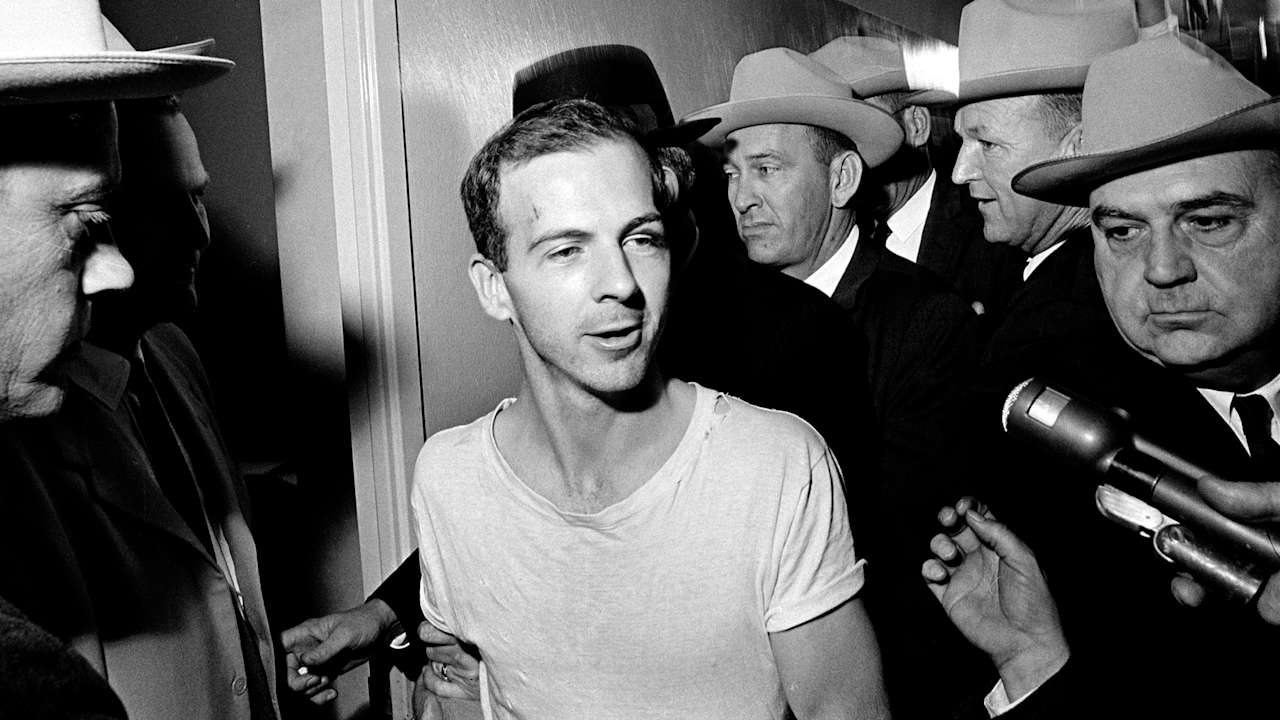
One theory is that this bullet had hit the president, superficially lodging in his back and had become dislodged by the jolt of the subsequent shot to the head.
It had then come to be stuck at the back of the limousine’s seat, and gone no further forward.
If that is true, it leaves the awkward question of how Connally was injured.
The iconic footage, shot by Abraham Zapruder, which captured the assassination of JFK, gave some clues about the timing of the different shots.
There were supposed to be three fired by Lee Harvey Oswald from the Texas School Book Depository.
Investigators found only three shell casings at Oswald’s vantage point.
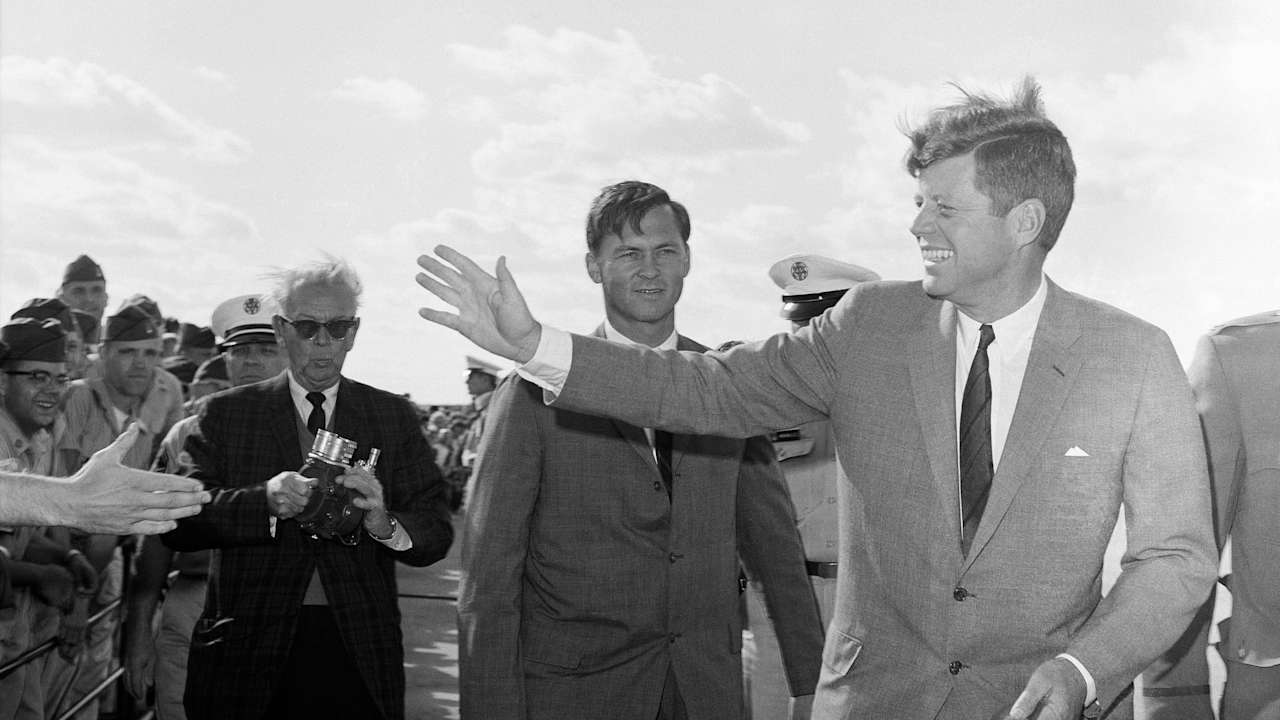
One missed completely and hit a piece of curbing, injuring a spectator. One hit the president’s head.
The theory goes another must have been the bullet Landis found, which hit JFK, but not Connally. So how was Connally shot?
Conspiracy theorists have long argued there must have been a second gunman firing from a different position.
While Landis’ testimony doesn’t prove that, it does shed further doubt on the official sequence of events.
I can think of no real reason why an 88-year-old man would lie about something he spent so long trying to forget.
Landis comes across as genuine, humble and keen to avoid being drawn into speculation.
He merely wants to set the record straight. A record he contends has had a major flaw at its heart for too long.
Follow STV News on WhatsApp
Scan the QR code on your mobile device for all the latest news from around the country





